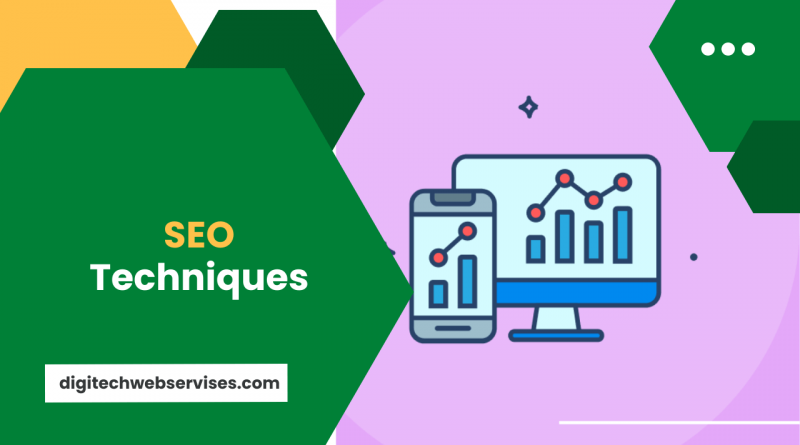Search Engine Optimization (SEO) Techniques
Oriented self – employed and SME professional s of any economic activity, the Course on Techniques Optimization (SEO) Search Engine Optimization , is designed to train professionals that have web presence, information and knowledge necessary to understand the techniques more common indexing and positioning in the main internet search engines: Google, Yahoo, Ask and MSN ..
The program will analyze and delve into the importance of basic positioning techniques, in the PR (Page Rank) and how to get economic activity to “get first place” in search engines such as Google and Yahoo. The methods, tools and possibilities existing in the network available to anyone to position in potential markets will be shown.
Training Plan.
Table of Contents
1.- Introduction to Online Marketing and electronic commerce.
1.1 The context: digital marketing.
1.2 Evolution of marketing: transactional, relational, marketing 2.0.
1.3 Search Engine Optimization (SEO) within Digital Marketing.
1.4 Search Engine Marketing (SEM) within the overall Web Design strategy.
1.5 New Marketing and User Centered Design.
2.- SEO work tools: search engines
2.1 Essential concepts about search engines and information retrieval.
2.2 The search engine market (“search engine” or SE).
2.3 Impact of SEs on user behavior (“user search behavior”).
2.4 Search engines as an advertising tool.
3.- The case of Google
3.1 Google success factors.
3.2 Google coverage.
3.3 “All about Google”.
3.4 PageRank, Google Dance and Indexing Frequency.
4.- Search Engine Optimization Factors (SEO)
4.1 Definition of SEO.
4.2 SEO ethics: “white hat” versus “black hat”.
4.3 Positive internal factors.
4.4 Positive external factors.
4.5 Negative internal factors.
4.6 Negative external factors.
5.- SEO optimization evaluation
5.1 SEO analysis of the website (in redesigns).
5.2 Analysis tools.
5.3 Qualitative and quantitative analysis of inbound and outbound links.
6.- SEO optimization methodology
6.1 Relationship between Information Architecture and SEO.
6.2 Search Analytics: keyword analysis and seasonality of searches.
6.3 Internationalization SEO.
6.4 Information architecture: improving our browsing.
6.5 Internal SEO in internal search engines.
6.6 Accessibility and SEO.
6.7 The king is content: how to write for the web.
6.8 Actions within the website.
6.9 Actions out of the web: popularity and link building.
6.10 Monitoring of results and readjustments: KPIs and web analytics.
6.11 Google Sitemap, Google Webmasters and Google Analytics.
7. Practices
7.1 SEO evaluation of websites.
7.2 Analysis of keywords.
7.3 Creation of a website with SEO techniques.
7.4 SEO writing and link building practices.



